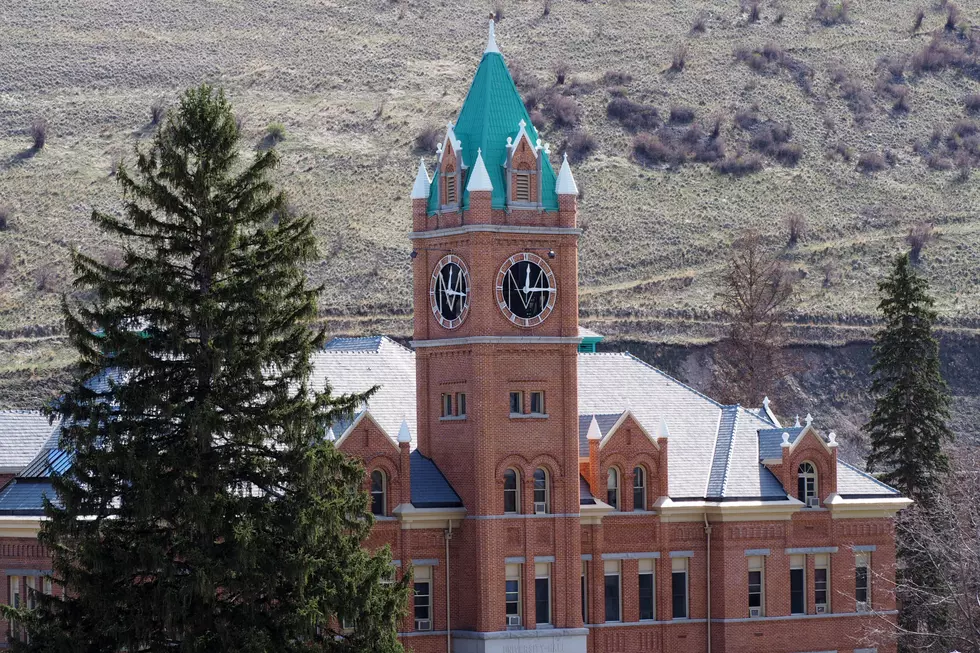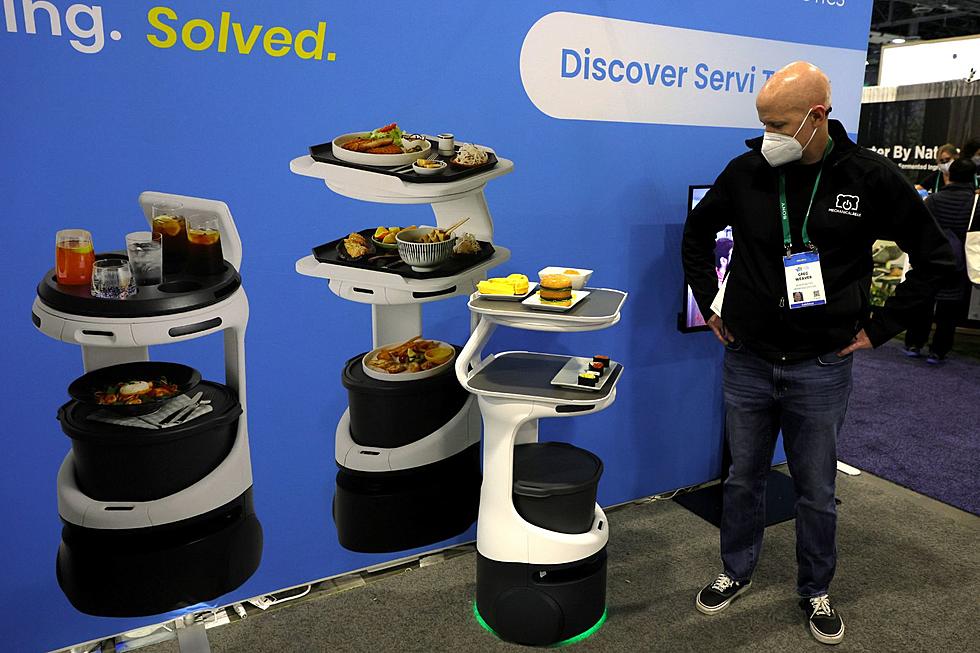
UM Professor Celebrates $10 Million Grant for Native Students
University of Montana Chemistry Professor and Director of Indigenous Research and STEM Education, Aaron Thomas told us on Thursday that UM’s share of a $10 million grant from the National Science Foundation will be $1.8 million to boost the underrepresentation of Alaska Native and American Indian students in STEM disciplines and the workforce.
“We received a grant from the National Science Foundation,” said Professor Thomas. “It's called the CIRCLES Alliance, and we're a collection of six states that are looking at Native STEM education. We got together as a collection of states for a conference about three years ago. Since then we've been working together towards Native STEM education as a group, and we've been trying for this particular grant for about two years now.”
Thomas said he and his fellow STEM educators have had to overcome significant struggles to help advance STEM (Science, Technology, Engineering, and Math) education in native and non-native communities.

“One of the challenges actually came from National Science Foundation in that our first attempt was denied, so we had to try again,” he said. “But other challenges exist in that not all tribal communities are the same. We need to work with people individually with face-to-face conversations and kind of immerse yourself with a cultural understanding and cultural humility of each and every one of our tribes so that we can get their side of the story within indigenous science, technology, engineering, and math.”
Professor Thomas questioned the concept that math and all STEM education should be able to transcend race and culture.
“You may remember if you've ever done worksheets, or these sorts of things like ‘Sally left on a train and how long does it take to get this certain spot’? Well, that's, well and good for a certain racial ethnicity, while there might not be any trains in our communities, and they don't really connect well to some of these examples, so not only can we learn a little bit about what indigenous sciences from a native viewpoint, but then how that can be used in the curriculum specifically.”
Professor Thomas laid out the methodology of how the STEM project will unfold in Montana and five other states.
“Overall between the six different states that total is about $10 million, and it's going to enable us to work collaboratively with our tribal communities, looking at specifically K through 12, education, curriculum development, mentorship for our students, and also teacher development as well,” he said. “We're initially going to focus on middle school because we feel middle school is kind of the area. If you're in elementary school, everything's new and exciting. By high school, a lot of students have sort of made up their minds about science and math. So how can we hit that critical Middle School region first, and then expand from there?”
Partners include universities and research institutions in Idaho, Montana, New Mexico, North Dakota, South Dakota, and Wyoming.




